At CES 2023, Samsung Electronics presented Calm Technology services to its users through a variety of differentiated integrated connected experiences. Calm Technology refers to when a technology, through Samsung’s SmartThings platform, is able to automatically connect devices without any action required from the user.
To realize this vision of Calm Technology, Samsung has obtained the industry’s first Circadian Rhythm Display (CRD) certification from the German testing and certification agency Verband Deutscher Elektrotechniker (VDE). The certification was awarded to the Eye Comfort Mode feature of Samsung’s 2023 Neo QLED and Lifestyle TVs, The Frame, The Serif and The Sero.[1]
The concept of pairing circadian rhythm with display technologies might seem unusual. So what exactly inspired Samsung to pursue it, and what was the process like from planning through to development and certification? To learn more, Samsung Newsroom sat down with three professionals who made this recent CRD certification possible, Taehwan Cha of the Picture Quality Solution Lab, Gyuheon Lee of the Product Development Group and Beomkyun Rha of the Product Planning Group.
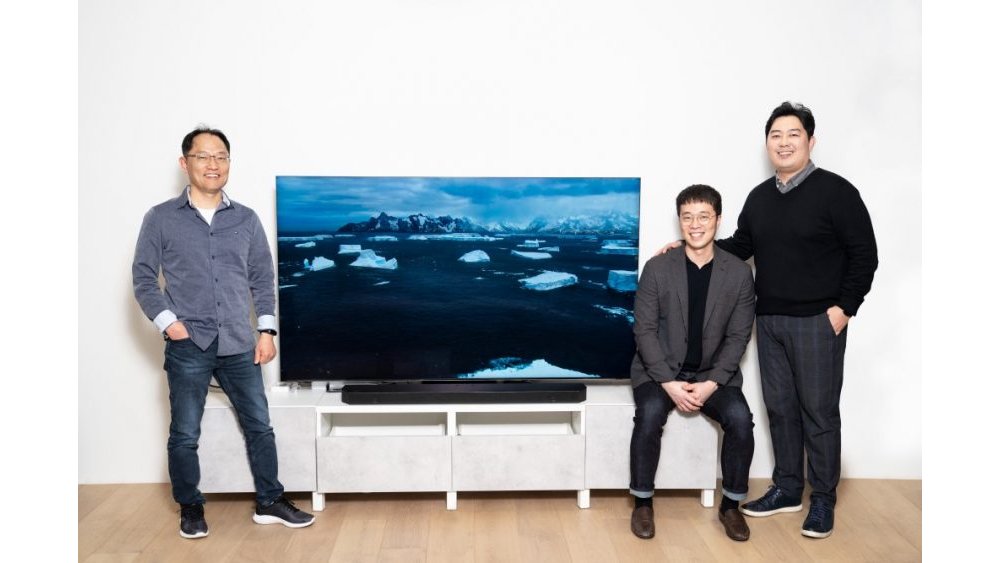
▲ (From left) Taehwan Cha of the Picture Quality Solution Lab, Gyuheon Lee of the Product Development Group and Beomkyun Rha of the Product Planning Group
The Unique Combination of Circadian Rhythm and Display Technology
The term “circadian” is derived from the Latin words “circa” (meaning “about”) and “diem” (meaning “day”). Human circadian rhythm can be described as the biological pattern of engaging in dynamic activities during the day and sleeping during the night as well as the secretion and inhibition of related hormones such as melatonin, cortisol and growth hormones that occur naturally according to this cycle.
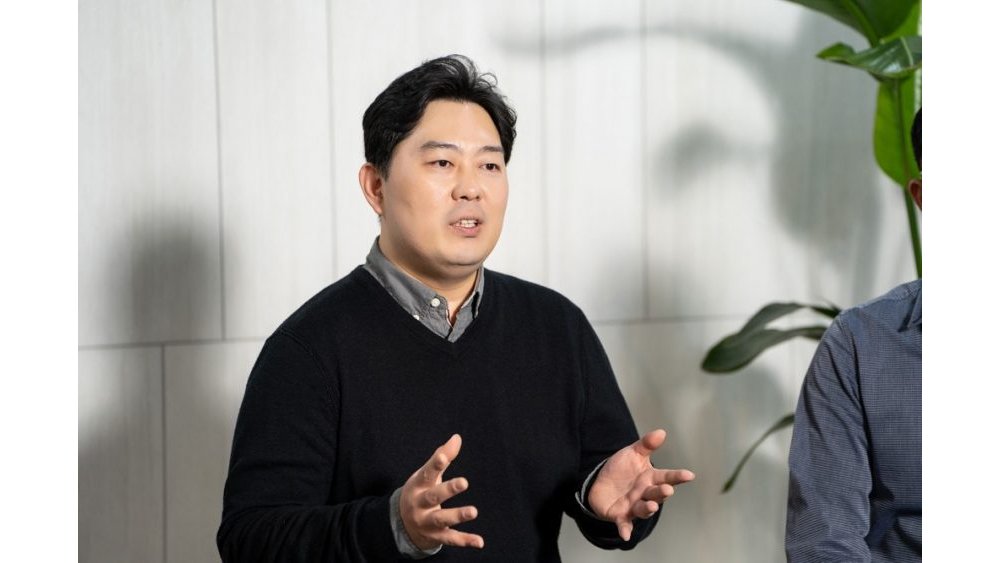
“We were ultimately working to find a way to achieve the best picture quality while also guaranteeing viewing safety,” noted Rha of why Samsung initially started focusing on circadian rhythm. “The result was the creation of Eye Comfort Mode, a feature which automatically optimizes picture quality based on changes in circadian rhythm.”
One of the characteristics of Eye Comfort Mode is that it uses artificial intelligence (AI) to enable the most comfortable picture quality by automatically detecting changes in the viewing environment. Eye Comfort Mode adjusts the amount of blue light based on the local sunrise and sunset time as well as the surrounding lighting environment. By adjusting the screen’s luminance level and color, Eye Comfort Mode creates an effect similar to the different lighting styles that occur during daytime and nighttime, with lower luminance and color temperature aiding the user to sleep well.

“Since Eye Comfort Mode sets the picture quality based on the surrounding viewing environment, the user can enjoy good picture quality without any quality degradation, even with less blue light,” explained Rha. “When planning our approach to CRD, it was extremely important that we could control the amount of blue light being emitted without affecting the picture quality, so we engaged in constant research and discussion with the development team and picture quality team right from the planning stages.”
Eye Comfort Mode, the Secret To Picture Quality Optimization at All Hours of the Day
As Eye Comfort Mode operates based on localized information to recognize sunrise and sunset times, it has to be able to harness regional geographic information of where the TV is placed.

“The basic algorithm allows the TV to obtain and operate based on sunrise and sunset information from a regional weather application, which is identified based on the location information of the TV,” said Lee. “Thanks to this algorithm, users can watch TV with picture quality optimized to the changes in their circadian rhythms wherever they are in the world with Eye Comfort Mode.”
In addition to local sunrise and sunset times, the surrounding lighting environment is essential to optimizing picture quality for CRD purposes. Accordingly, the light sensor built into the TV measures the amount of external light. Then it determines how bright or dark the viewing environment is to optimize picture quality for the user automatically.
The CRD Certification, the Last Hurdle to Improving Reliability
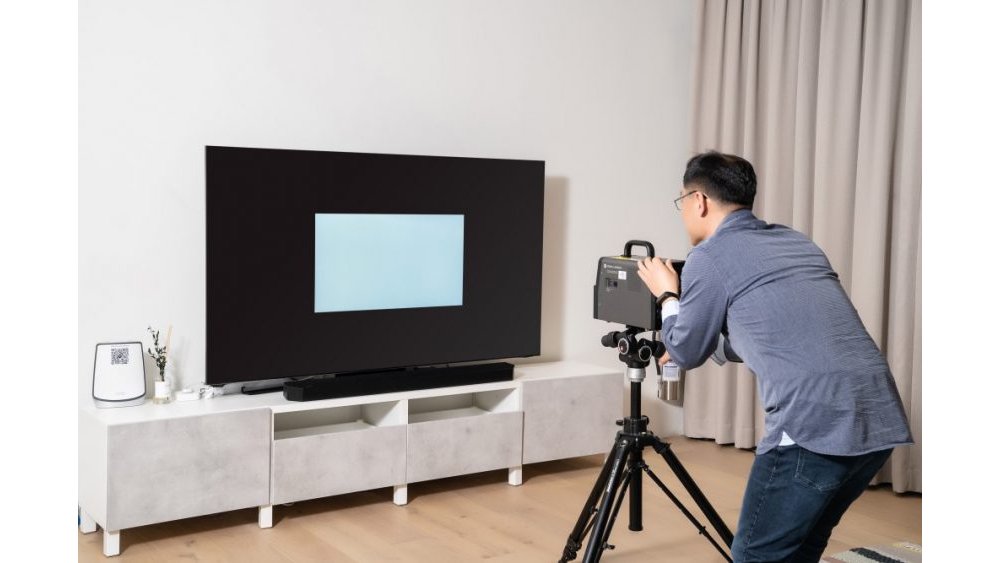
▲ The 2023 Neo QLED TV is measured using a spectroradiometer, which measures a display’s luminance, chromaticity coordinates, spectrum and more.
Once a technology is out of the planning and development stages, the last step in the process is to cement the value of the technology through certification from an external agency. For their CRD technology, as with all others, the certification process began with establishing the relevant objective and standardized criteria.
Through an external collaboration project, Samsung discovered an index for circadian stimulus (CS) as defined by the U.S. Lighting Research Center. This CS index can quantitatively express the effect of Eye Comfort Mode in number form through association with a light source’s power to inhibit an individual’s melatonin secretion.
Following this discovery, Samsung then developed a test project in collaboration with an external research institute and proceeded to set up a certification with VDE in order to obtain the CRD certification.
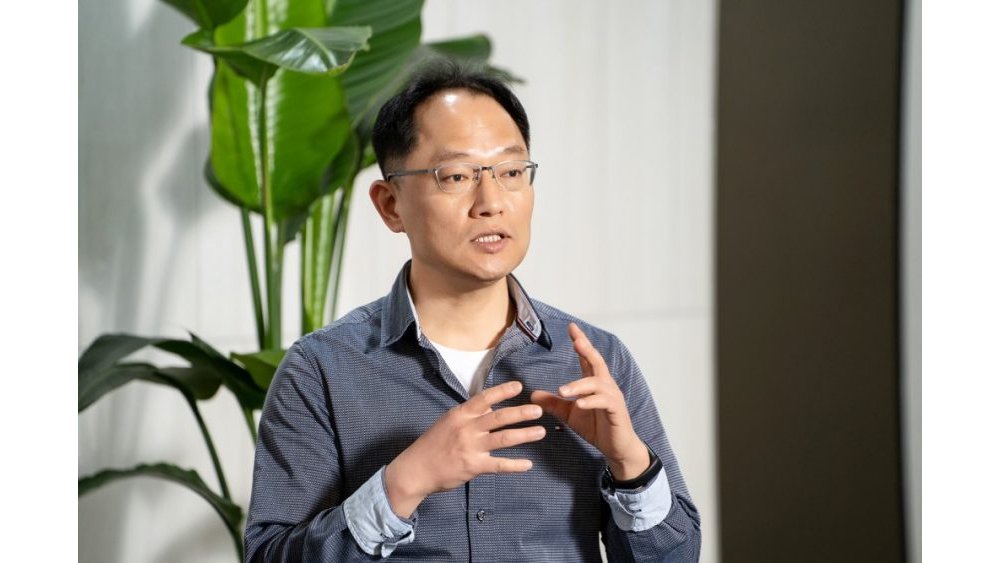
To win the trust of our consumers, it is crucial that we can obtain certifications for our technologies from a credible agency,” explained Cha. “While ‘circadian rhythm’ may be a somewhat unfamiliar term, it was used even in the name of the certification to emphasize the intention and value add of the technology, which is to provide picture quality optimized based on circadian rhythm.”
Delivering the Ultimate Viewing Experience to Users
Despite being awarded the VDE certification, those working on the CRD technology are still determined to develop even more ways to bring users the best picture quality possible. “Since people have different picture quality preferences, my goal is to provide customizable picture quality based on personalized needs ultimately,” said Lee.
For Rha, too, the next step is rooted firmly in personalization. “Display technologies have advanced significantly in recent years, and I think we have reached a point where the industry possesses a similar approach across the board,” he explained. “Going forward, I want to focus on and develop consumer-friendly features specific to each user.”
Finally, for Cha, picture quality is a consideration that should be embedded in every aspect of development. “I always ask myself how I can create value in the TV features and performance technologies we design when working on external picture quality evaluation and certification,” he noted. “My goal is to embed such technologies and practices across all stages of our process, from product planning and development to the final stage of certification.”
Going forward, Samsung is constantly striving to provide the ultimate viewing experience that considers viewing safety. In addition to the CRD certification the company recently received, the company also received “Eye Care” certification from VDE and “Glare-Free” validation from UL last year, a testament to the ongoing innovation journey Samsung is pursuing.
Stay tuned to Samsung Newsroom for all the latest on the company’s leading TV and display products.


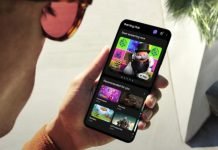


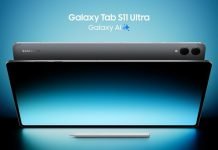

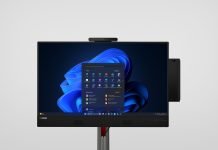

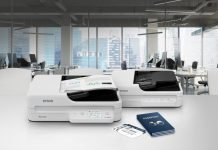







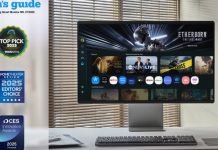
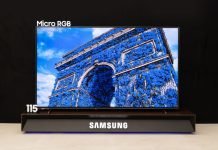
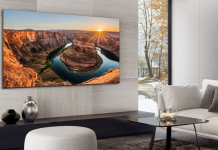
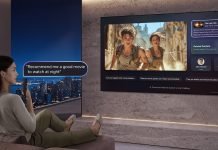
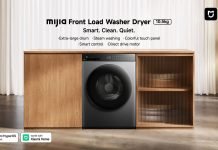

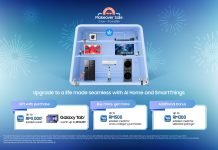

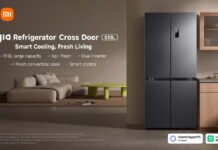

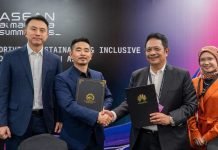
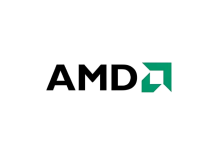

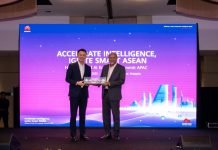

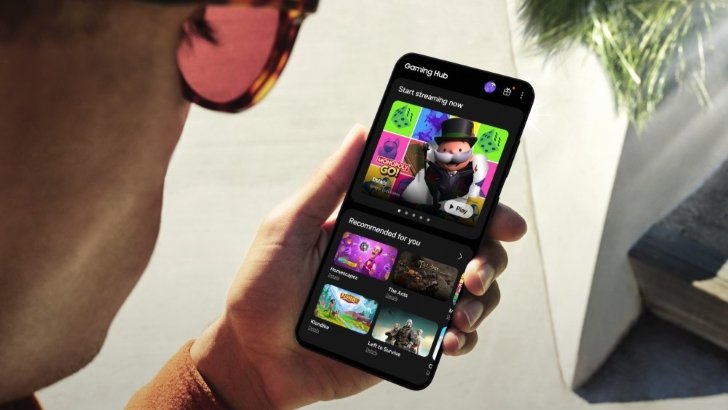
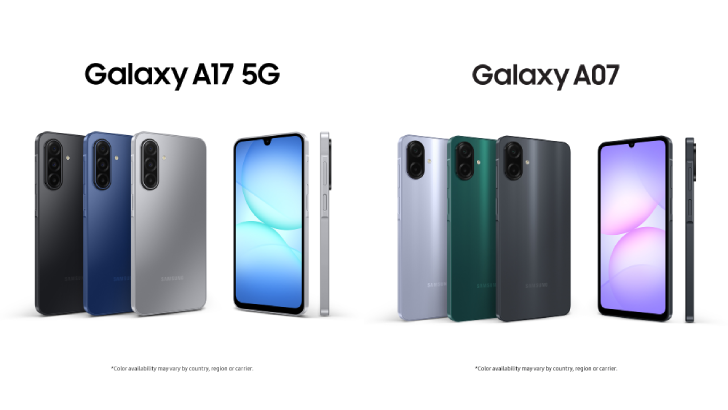
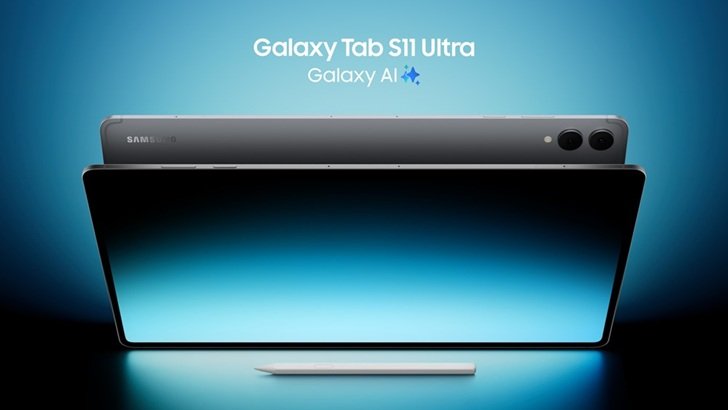
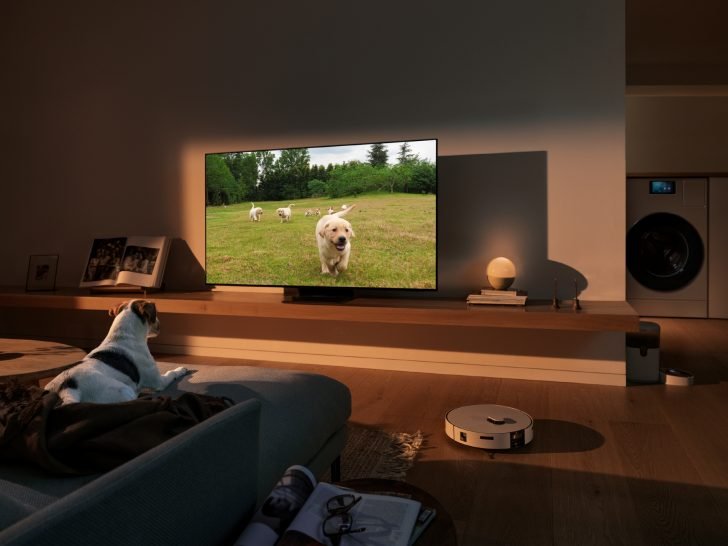
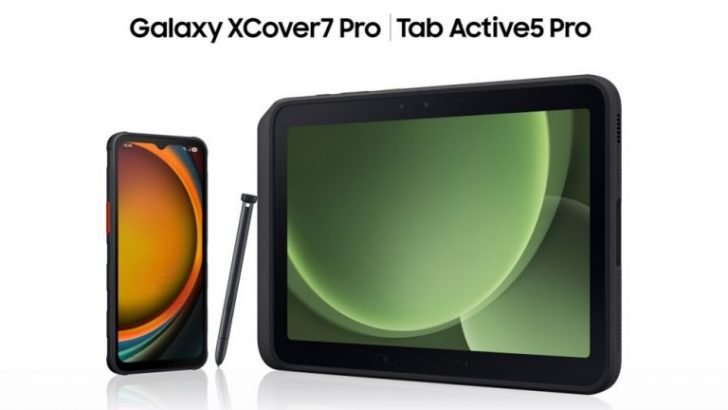
![[Interview] ‘I Thought It Was Real Paper’ — The Story Behind Samsung Color E-Paper: The Digital Signage Solution That Displays 2.5 Million Colors Without Continuous Power](https://stuffmotion.com/wp-content/uploads/2025/07/Thumbnail-1.jpg)

